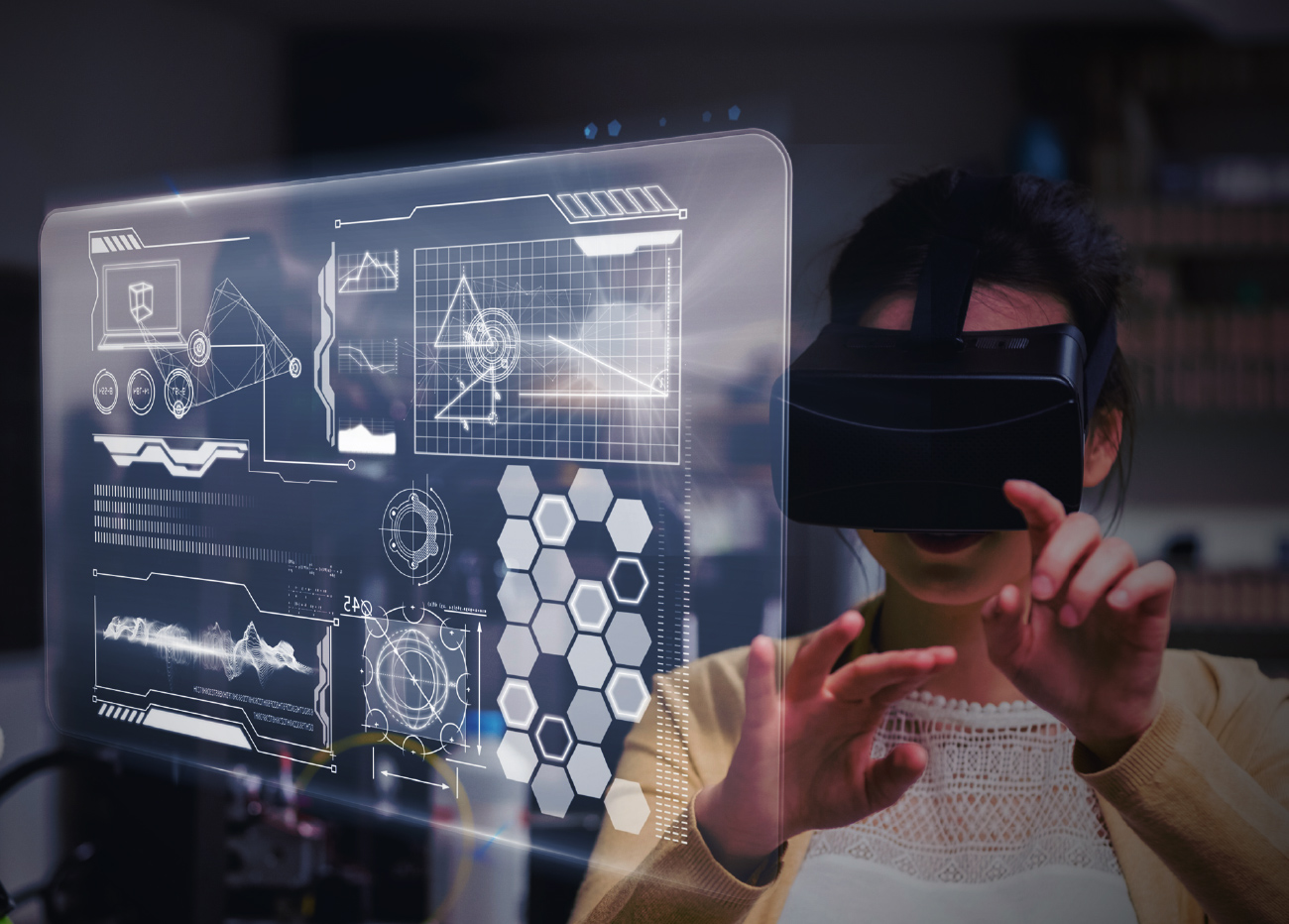Top 10 eLearning Trends Shaping Higher Education in 2025
Higher education is evolving at an unprecedented pace, driven by technological advancements and changing student expectations. As we look ahead to 2025, eLearning continues to play a pivotal role in shaping the future of education. Institutions that embrace these trends will not only enhance the learning experience but also stay competitive in a rapidly changing landscape.
In this blog, we explore the top 10 eLearning trends that are set to transform higher education in 2025. Whether you’re an educator, administrator, or policymaker, understanding these trends will help you prepare for the future of learning.
1. Artificial Intelligence (AI) in Higher Education
AI is no longer a futuristic concept—it’s here, and it’s transforming higher education. From personalized learning paths to AI-powered chatbots that provide 24/7 student support, this technology is making education more efficient and effective. AI also enables predictive analytics, helping institutions identify at-risk students and intervene early.
Why it matters: AI enhances personalization, improves administrative efficiency, and provides actionable insights into student performance.
2. Microlearning for On-Demand Knowledge
In 2025, microlearning will continue to gain traction in higher education. This approach breaks down complex topics into bite-sized, easily digestible modules, making it ideal for busy students who prefer flexible learning options.
Why it matters: Microlearning improves knowledge retention and caters to the growing demand for just-in-time learning.
3. Gamification for Enhanced Engagement
Gamification is revolutionizing higher education by making learning more interactive and enjoyable. By incorporating game-like elements such as points, badges, and leaderboards, institutions can boost student motivation and engagement.
Why it matters: Gamification fosters a sense of achievement and encourages active participation in the learning process.
4. Immersive Learning with AR and VR
Augmented Reality (AR) and Virtual Reality (VR) are creating immersive learning experiences that were once unimaginable. From virtual lab simulations to historical reenactments, these technologies are bringing abstract concepts to life.
Why it matters: AR and VR enhance experiential learning, making complex subjects more accessible and engaging.
5. Personalized Learning Pathways
Personalized learning is becoming the gold standard in higher education. By leveraging data analytics and AI, institutions can tailor educational content to individual student needs, preferences, and learning styles.
Why it matters: Personalized learning improves student outcomes and satisfaction by addressing unique learning needs.
6. Mobile Learning for Anytime, Anywhere Access
With the proliferation of smartphones and tablets, mobile learning is becoming a cornerstone of higher education. In 2025, institutions will increasingly adopt mobile-friendly platforms to ensure students can access learning materials on the go.
Why it matters: Mobile learning enhances accessibility and flexibility, catering to the needs of modern learners.
7. Blended Learning Models
Blended learning, which combines online and in-person instruction, is set to dominate higher education in 2025. This model offers the best of both worlds, allowing students to benefit from self-paced learning and face-to-face interaction.
Why it matters: Blended learning provides a balanced, flexible approach that meets diverse student needs.
8. Lifelong Learning and Upskilling
As the job market evolves, higher education institutions are placing greater emphasis on lifelong learning and upskilling. In 2025, more institutions will offer micro-credentials, certifications, and short courses to help students stay competitive in their careers.
Why it matters: Lifelong learning ensures that graduates are equipped with the skills needed to thrive in a dynamic workforce.
9. Social and Collaborative Learning
Social learning leverages peer-to-peer interaction and collaboration to enhance the learning experience. In 2025, institutions will increasingly use tools like discussion forums, group projects, and virtual study groups to foster a sense of community.
Why it matters: Social learning promotes knowledge sharing and builds a supportive learning environment.
10. Data-Driven Decision Making
Data analytics is playing an increasingly important role in higher education. By tracking student progress and analyzing learning patterns, institutions can make informed decisions that improve outcomes and optimize resources.
Why it matters: Data-driven insights enable institutions to identify trends, address challenges, and enhance the overall learning experience.
How Higher Education Institutions Can Prepare for 2025
- Invest in Technology: Partner with eLearning providers like Mitr Learning & Media to develop cutting-edge solutions tailored to your institution’s needs.
- Train Faculty: Equip educators with the skills and tools they need to deliver effective online and hybrid instruction.
- Focus on Accessibility: Ensure that eLearning platforms and content are accessible to all students, including those with disabilities.
- Leverage Data: Use analytics to monitor student performance and continuously improve learning experiences.
- Foster Innovation: Encourage experimentation with new technologies and teaching methods to stay ahead of the curve.
At Mitr Learning & Media, we specialize in helping higher education institutions navigate this transformation. Whether you’re looking to develop custom eLearning content, implement cutting-edge technologies, or train your faculty, we’re here to support your journey.
Ready to transform your institution? Contact us today to learn more about our eLearning solutions!
- Debdut Pramanickhttps://www.mitrmedia.com/resources/blogs/author/debdutp/
- Debdut Pramanickhttps://www.mitrmedia.com/resources/blogs/author/debdutp/
- Debdut Pramanickhttps://www.mitrmedia.com/resources/blogs/author/debdutp/
- Debdut Pramanickhttps://www.mitrmedia.com/resources/blogs/author/debdutp/




